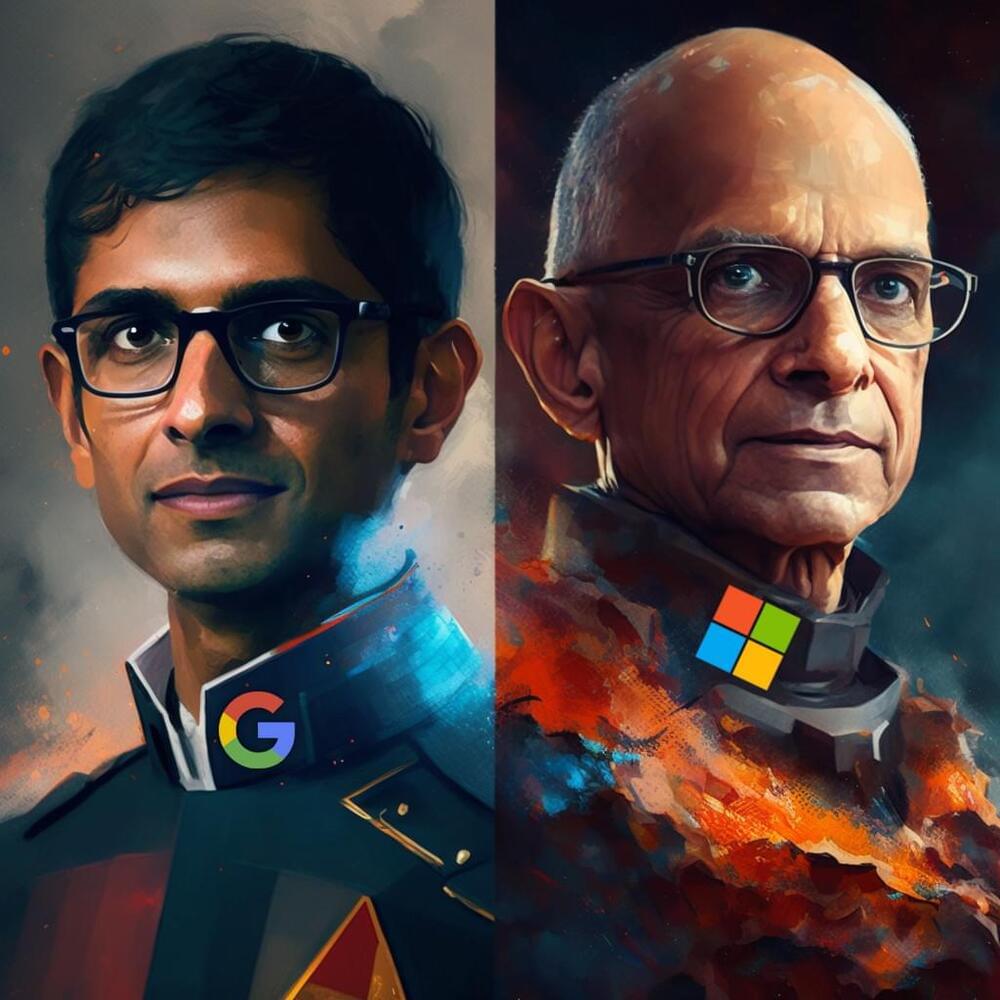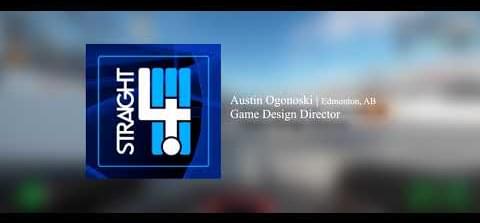Feb 11, 2023
Neuroscientist investigates social cognition in biased juries
Posted by Saúl Morales Rodriguéz in category: neuroscience
Bias in juries pose a serious challenge for judges and attorneys to conduct fair, equal and impartial trials. A recent paper published in Social Cognitive and Affective Neuroscience considers the overlap between social cognitive processes such as cultural and racial stereotyping and brain activity associated with bias against defendants accused of severe crimes.
R. McKell Carter, one of the paper’s co-authors, is an assistant professor of psychology and neuroscience at the University of Colorado Boulder. He is an expert on social cognition: the processes of the brain that interpret the actions, intentions and expectations of others.
Carter’s study examines the role of social cognition in crime-type bias, when jurors perceive the prosecutor’s case stronger based on the severity of the charges against the defendant. Using functional magnetic resonance imaging (fMRI) scans on mock jurors, researchers mapped out regions of the brain that activated when jurors were presented with fictional case narratives and evidence.


















